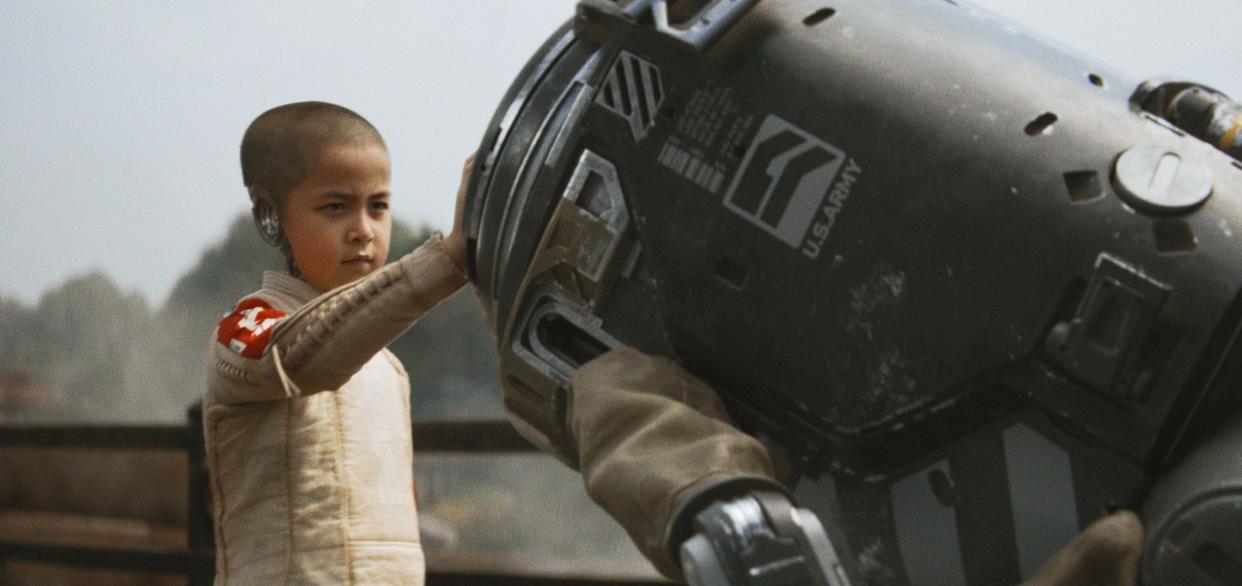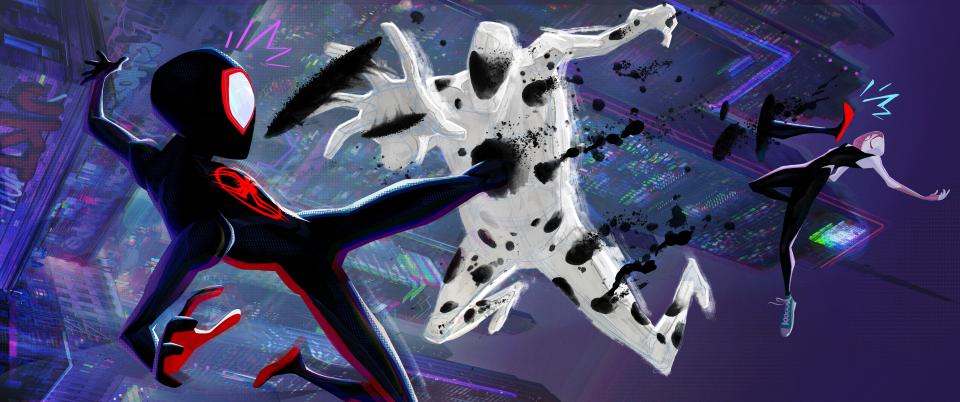Why ‘Napoleon’ and ‘Spider-Man’ Made the Oscar VFX Long List — and ‘Oppenheimer’ Did Not

The Academy’s Visual Effects long list of 20 finalists were notified Thursday (first reported by Variety, and confirmed by IndieWire) and the results shook up the Oscar race: Christopher Nolan’s “Oppenheimer” — considered by many to be the frontrunner — did not make the cut despite a dazzling display of practical, in-camera effects and digital compositing for the Trinity explosion, and particle simulations for the subatomic world shot in cloud tanks.
IndieWire reached out to Universal, Academy VFX branch members, and visual effect studio DNEG for comment, but no explanation was offered for the exclusion of “Oppenheimer.” However, sources speculated that the determining factor was the entire film included only 150 invisible VFX shots. Two other potential contributors: Nolan’s early comments about there being no CGI in “Oppenheimer,” and the pushback when very few DNEG artists were listed in the end credits.
More from IndieWire
Speaking of CGI, Sony’s “Spider-Man: Across the Spider-Verse” was the surprise entry, given how hard it is for CG animation to compete in the VFX category. This marks only the third time: Jon Favreau’s “The Lion King” (which was not actually labeled as animation) was nominated in 2019 and Pixar’s “Soul” made the shortlist in 2020.
Overall, the field is well represented by the usual VFX-intensive suspects along with several expert examples of supporting invisible effects. ILM had the biggest presence, working on 11 films (and contributing art direction to a 12th) while Wētā FX contributed to five. There’s an array of superhero films (Marvel’s “Guardians of the Galaxy Vol. 3,” “Ant-Man and the Wasp: Quanumania,” and “The Marvels;” D.C./Warner Bros.’ “Aquaman and the Lost Kingdom”), sci-fi (“The Creator,” “Rebel Moon: Part One – A Child of Fire,” “Transformers: Rise of the Beasts,” “Godzilla: Minus One”), fantasy (“Barbie,” “Wonka,” “Poor Things,” “Dungeons & Dragons: Honor Among Thieves”), and action-adventure (“Indiana Jones and the Dial of Destiny” and “Mission: Impossible – Dead Reckoning Part One”).
Another film that relied heavily on practical, in-camera effects, Ridley Scott’s “Napoleon,” made the list for its battle sequences. The remaining entries consist of: Martin Scorsese’s “Killers of the Flower Moon” (which leaned on ILM’s invisible effects, including the bubbling oil for the opening sequence, explosions, and enhancements for the town and oil rigs); J.A. Bayona’s “Society of the Snow” (highlighted by the plane crash and avalanche, and relied on a complex system of mobile LED screens for 360-degree backdrops for the Valley of Tears); “Nyad” (water current was a major plot point with 98 percent of the water work shot in a tank, followed by full or partial replacement above and below the surface); and the the surprising “The Boys in the Boat” (which featured its own water work from ILM).

Now it’s a wide-open race, led by Gareth Edwards’ frontrunning AI sci-fi thriller “The Creator.” The $80 million film looks like $200 million, thanks to ILM placing the naturalistic VFX for robots and set extensions over the live-action footage in post.
Also looking strong are “Guardians of the Galaxy” (revolving around a Rocket origin story, split between Framestore and Wētā), James Mangold’s “Dial of Destiny” (touting ILM’s tech breakthrough for de-aging Harrison Ford’s Indy), Zack Snyder’s “Rebel Moon,” (a “Star Wars” sci-fi riff containing future-retro nods to Akira Kurosawa and “Heavy Metal,” and a cool-looking mechanical knight, voiced by Anthony Hopkins), and Paul King’s “Wonka” origin story (led by the intricate animation of Hugh Grant’s Oompa Loompa, CG-enhanced world building, and lots of simulated chocolate).
Yet don’t discount “Across the Spider-Verse,” which benefits from being the favorite for animated feature. The sequel offers even greater painterly and stylized VFX from Sony Pictures Imageworks and VFX supervisor Michael Lasker. This ranges from five mind-blowing new dimensions and Spot (Jason Schwartzman), the bizarre-looking baddie, who’s all white with black spots that serve as inter-dimensional portals.
Narrowing the field to the shortlist of 10 will now occur with voting taking place December 14-18, results to be announced on December 21. The VFX bakeoff will then take place January 13, 2024 at the Academy Museum.
Best of IndieWire
Where to Watch This Week's New Movies, Including 'Poor Things' and 'The Boy and the Heron'
Quentin Tarantino's Favorite Movies: 59 Films the Director Wants You to See
Sign up for Indiewire's Newsletter. For the latest news, follow us on Facebook, Twitter, and Instagram.

